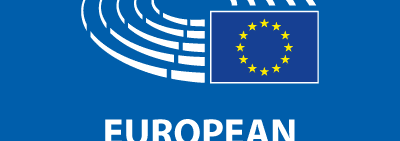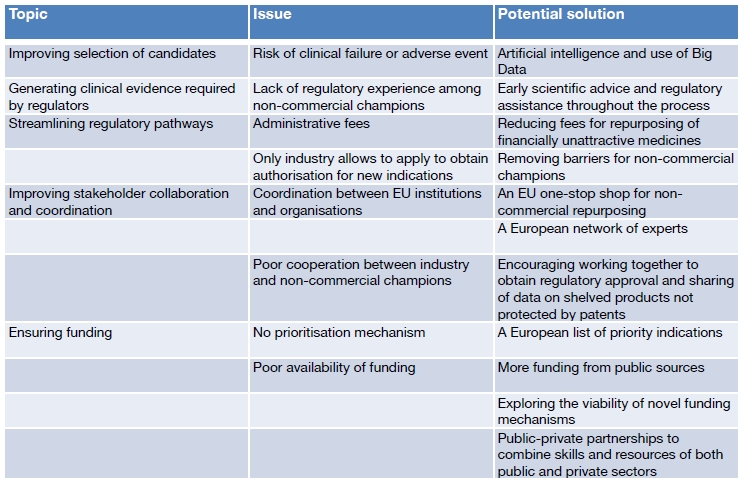By Giuliana Miglierini
The end of 2021 may see the final approval of many pieces of the new legislative framework announced in November 2020 by the European Commission. An important piece of this puzzle is represented by the IP Action Plan, governing the protection of intellectual property (IP); a step forward in this direction is represented by the resolution of 11 November 2021 on the Own-initiative report of the European Parliament.
The final text licensed in single reading is the result of the examination of the initial draft report – issued in May 2020 by the Committee for Legal Affairs, rapporteur Marion Walsmann – by several other Committees (IMCO, DEVE, CULT, AGRI).
The main points of the resolution
The resolution recognises the importance for the European economy of a balanced protection and enforcement of intellectual property rights (IPR). In years 2012-2016, the knowledge-intensive industries generated almost 30% of all jobs and almost 45% of total economic activity (in terms of Gross Domestic Product, GDP) in the EU; the IPR-intensive industries account for 93% of total EU exports of goods.
Europe’s recovery and resilience capacity is also highly impacted, as demonstrated by the pandemic when shortages of certain medicinal products and vaccines occurred. The EU Parliament acknowledges the role played by intellectual property in increasing the overall value of companies,especially the small-and-medium size ones (SMEs).
A current limitation to IP protection in Europe is represented by the still fragmented situation across different member states, which often leads to parallel national validation procedures and litigation for European patents. To this instance, the Parliament suggests the establishment of an IP coordinator at European level, to harmonise the approach to EU IP policy and enhance cooperation between the different bodies involved in the process (i.e. national IP authorities, Commission Directorates-General, EPO, EUIPO, WIPO, etc).
The Parliament also recognised the role IP plays in the pharmaceutical sector, where the availability of incentives greatly favours the development of new and innovative treatments. The resolution asks the Commission to support the innovative potential of European companies “on the basis of a comprehensive IP regime”, so to guarantee effective protection for R&D investments and favour fair returns through licensing. The availability of open technology standards has been valued as an important competitive element on the wider, global scenario.
Many different types of incentives are suggested by the Parliament’s resolution as useful to support micro-enterprises and SMEs in filing and managing their intellectual property, including IP vouchers, IP Scan and other Commission and EUIPO initiatives to support simple registration procedures and low administrative fees. The newly created European IP Information Centre may represents a fundamental reference point to increase knowledge in the field. The Parliament also suggests to introducing an EU-level utility model protection, not yet available, as a possible fast and low-cost protection tool to protect technical inventions.
Unitary patents and improved market competition
Still missing members states are urged to adhere to the enhanced cooperation scheme for the creation of a Unitary Patent Protection (UPP) and to ratify the Protocol to the Agreement on a Unified Patent Court on provisional application (PPA). The activation of this unique Court in charge of the examination of litigations would allow for a more efficient process and for lowering legal costs and improving legal certainty.
Fragmentation remains an issue also with respect to Supplementary Protection Certificates (SPCs): to this instance, the resolution asks the Commission to issue guidelines for member states and to provide a legislative proposal based on an exhaustive impact assessment. A major criticality to be solved is represented by the unitary patent not providing a unique SPC title valid across the EU; the own-initiative report also suggests the extension of the EPO’s mandate, so that examination of SPC applications could be carried out on the basis of unified rules.
Other important points needing attention to improve the presence of generic and biosimilar medicines in the EU are the abuse of divisional patent applications and patent linkage, which should also see an intervention by the Commission. The Parliament also opened the possibility of a revision of the Bolar exemption, which allows clinical trials on patented products needed to reach marketing authorisation of a generic or biosimilar version not to be regarded as infringements of patent rights or SPCs. This may also support the immediate market entry after the expiration of patent rights and SPCs. The Commission is called also to ensure the effectiveness and better coordination of compulsory licensing in order to provide access to medicines needed in case of health emergencies.
The resolution also addresses the theme of standard essential patents, which currently often leads to litigations, and it calls for the revision of the 20-years old system for design protection. Transparency on results obtained from publicly funded R&D is also recommended. The Parliament suggests artificial intelligence (AI) and blockchain technologies may play an important role in tackling counterfeiting practices and guarantee traceability of goods, as they may contribute to a better enforcement of intellectual property rights along the whole supply chain. The Commission should also work to establish clearer criteria for the protection of inventions created by the AI, without human intervention.
Comments from the industry
“The European Parliament has clearly voted for a strong and fair IP system by underlining the importance of timely generic and biosimilar medicine competition. The misuse of divisional patents, the need to enlarge the scope of bolar to include API and all regulatory and administrative steps, and the long overdue ban anti-competitive patent linkage are well known problems that the Commission should address in the IP Action Plan. The Parliament has voted; the Commission must act.”, said Adrian van den Hoven, Director General at Medicines for Europe.
A major point in the implementation of the new European policies is represented by the review the Commission is going to conduct in 2024 to assess the effective achievement of goals of the SPC manufacturing waiver, which entered into force in July 2019 and is expected to start producing effects in the second half of 2022.
Many of the themes discussed in the Parliament’s resolution were debated during a webinar organized by Medicines for Europe, with the participation of representatives from the European Commission and the European Patent Office.
EFPIA, representing the innovator pharmaceutical industry, focused its attention on the impact of past EU Free Trade Agreements (FTAs) on drug spending, timing of countries’ access to new medicines after global launch, investments overall and in pharmaceuticals, and clinical trial participation. A report by IQVIA published in the Federation’s website addresses the impact of IP protection on these elements. Results confirm the central role of the pharmaceutical sector as the most R&D intensive industry in the world, with R&D spending averaging over 15% of revenue. A strong IP protection framework available at the level of EU FTAs favours the attractiveness for investments in the EU and its FTA partner countries. According to the report, an expanded IP protection appears not to be linked to the generation of a higher pharmaceutical spending; drugs’ share of healthcare spending is claimed to stay flat or fall after an FTA, and prices for medicines to rise more slowly than the level of inflation. A stronger IP index, adds IQVIA, is also correlated with increased clinical trial activity in a country, bringing both clinical and economic benefits.











